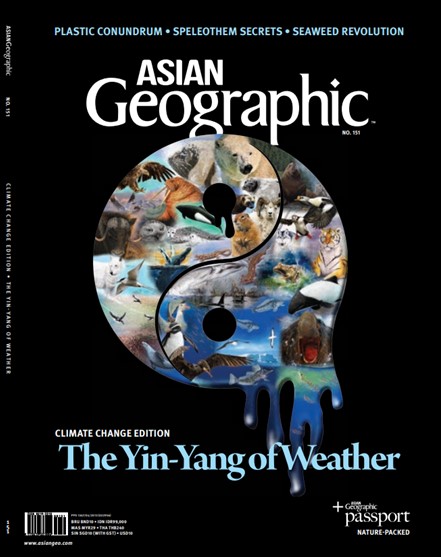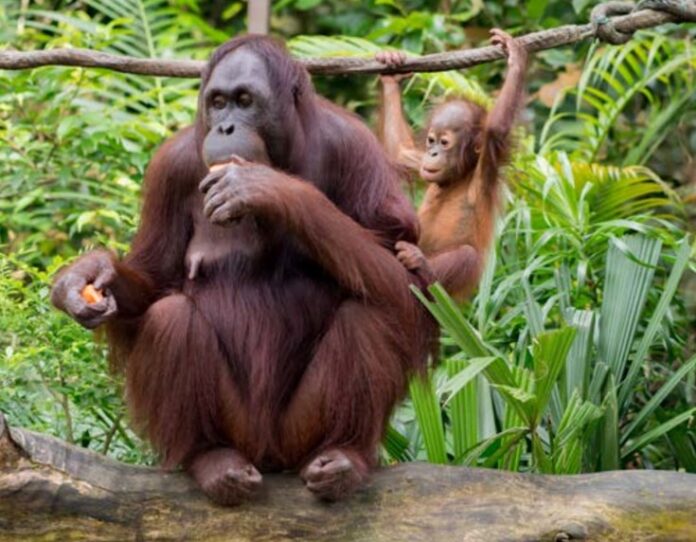Can palm oil plantations and endangered rainforests really coexist? One conservationist says yes.
Text and images credit: Nathan Sen
The island of Borneo, divided among Malaysia, Brunei and Indonesia, is home to one of the world’s oldest rainforests – and the heart of a climate controversy. The region produces much of the world’s palm oil, a vegetable oil widely used in everything from chocolate to cosmetics. Palm oil detractors and wildlife groups have argued that palm oil production is to blame for Borneo’s disappearing fauna, as precious sections of rainforest are cut down to make way for plantations. This results in the destruction of wildlife habitats, including those of the orangutan, which has become the face of the global anti-palm oil movement.
But this is a story about hope. Production of the golden crop, whose existence is a valuable source of income for local farmers, is slowly but successfully being improved to mitigate ecological concerns.
Return of the Apes
With palm oil as its major export, Malaysia has made significant efforts to reverse the negative environmental impact – and by extension, bad press – around palm oil production.
Now, laws dictate all palm oil must be produced sustainably. There is a strict ban on forest burning to reduce environmental damage. One of the newer government initiatives limits the overall development of new oil palm plantations to a maximum of 6.5 million hectares (currently, Malaysia’s palm oil plantations span 5.9 million hectares).
The nation is also pushing for improved production efficiency of existing plantations, by encouraging uptake of better planting materials that result in more oil produced, and more efficient oil extraction processes to increase output. This limits the rainforest area cleared for new plantations.
Another successful initiative centres around establishing wildlife reserve areas along riverbanks. By banning palm oil planting along rivers, endangered orangutans and proboscis monkeys can use the protected river’s edge as their habitat.
These measures to better ensure natural habitats for wild primates have seen them thrive in protected areas. Together, Borneo, Sabah and Sarawak boast a stable population of orangutans numbering between 11,000 and 13,000.
Happily, strong support for national wildlife conservation programs is also having a positive influence on the country’s palm oil farmers. Ten years ago, they wanted to keep wildlife out of their plantations, but today, that mentality has changed.
More farmers now feel comfortable coexisting with wildlife and are realising they share the land with animals such as elephants and orangutans.
They are beginning to allow these creatures to roam freely across their plantations, and coming to understand that if they treat wildlife with respect, the damage these animals cause to crops is negligible.

This is an excerpt from an article from Asian Geographic Magazine Issue 6/2021. To continue reading, get your copy here.
Subscribe to Asian Geographic Magazine here or for more details, please visit https://www.shop.asiangeo.com/.











